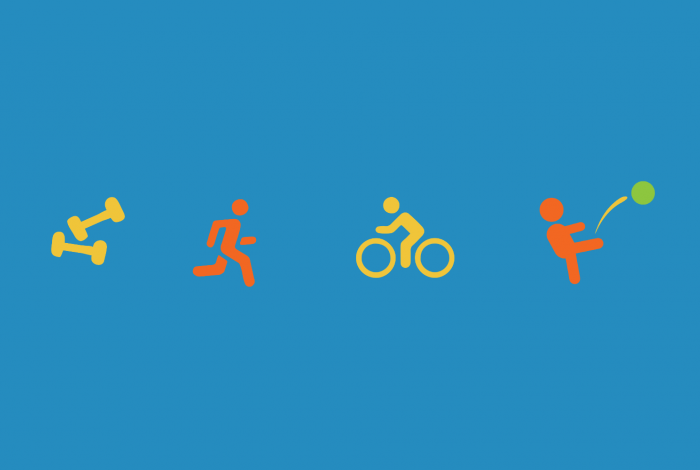Walking is the most popular form of physical activity in Greater Dandenong and whether you're a seasoned hiker or just looking for a leisurely stroll, our local area offers a range of walking opportunities for you to choose from.
Benefits of Walking
Walking for an average of 30 minutes or more a day can lower the risk of heart disease, stroke by 35% percent and Type 2 diabetes by 40%.
It’s not just your heart and muscles that benefit from walking. Regular physical activity can help:
- Reduce your risk of heart disease and stroke
- Manage weight, blood pressure and blood cholesterol
- Prevent and control diabetes
- Reduce your risk of developing some cancers
- Maintain your bone density, reducing your risk of osteoporosis and fractures
- Improve balance and coordination, reducing your risk of falls and other injuries
- Improve our daily mood which cumulatively leads to better mental health
Heart Foundation Walking Groups
Heart Foundation Walking is fun and social and a great way to be active, with many benefits for your health. Best of all, it’s free! It's Australia's largest network of community-based walking groups and there are already people walking in your area.
Find a Heart Foundation Walking Group near you.
Joining or starting a walking group in your area or workplace is a great way to get active and meet new people. Every walking group is different: varying in size, duration of walk, level of difficulty, and meeting times and places. No matter your fitness level, age or location, you can join a walking group today!
In Greater Dandenong we already have two established Heart Foundation Walking Groups that you are welcome to join.
For more information on how you can make your move walking, contact our Sport and Recreation Team via email at recreation@cgd.vic.gov.au.
Tips to get you started
There are numerous walking and shared paths within the municipality that provide connectivity to shopping centres, schools and residential areas.
Tips for staying safe while walking:
- Walk in areas designated for pedestrians
- Look for well-lit areas if possible
- If you walk in the evening or early morning hours, wear a reflective vest or light so cars can see you
- Wear sturdy shoes with good heel and arch support
- Wear loose, comfortable clothing
- Drink plenty of water before and after your walk to stay hydrated
- Wear sunscreen to prevent sunburn, even on cloudy days
How do you get started?
- Get a pair of sturdy walking shoes
- Choose a walking route near your home. Or look for a scenic place to walk in your area, such as a trail or on the beach
- You can also recruit a friend or family member to walk with you and hold you accountable. Alternatively, you can add walking into your daily routine
Here are some ideas to start walking:
- If you commute, get off your bus or train one stop early and walk the rest of the way to work
- Park farther away from your office than usual and walk to and from your car
- Consider walking instead of driving when you run errands. You can complete your tasks and fit in exercise at the same time
Council's walking tours
Alex Wilkie Nature Reserve offers guided walking tours, where they describe the natural fauna and flora of the local environment.



